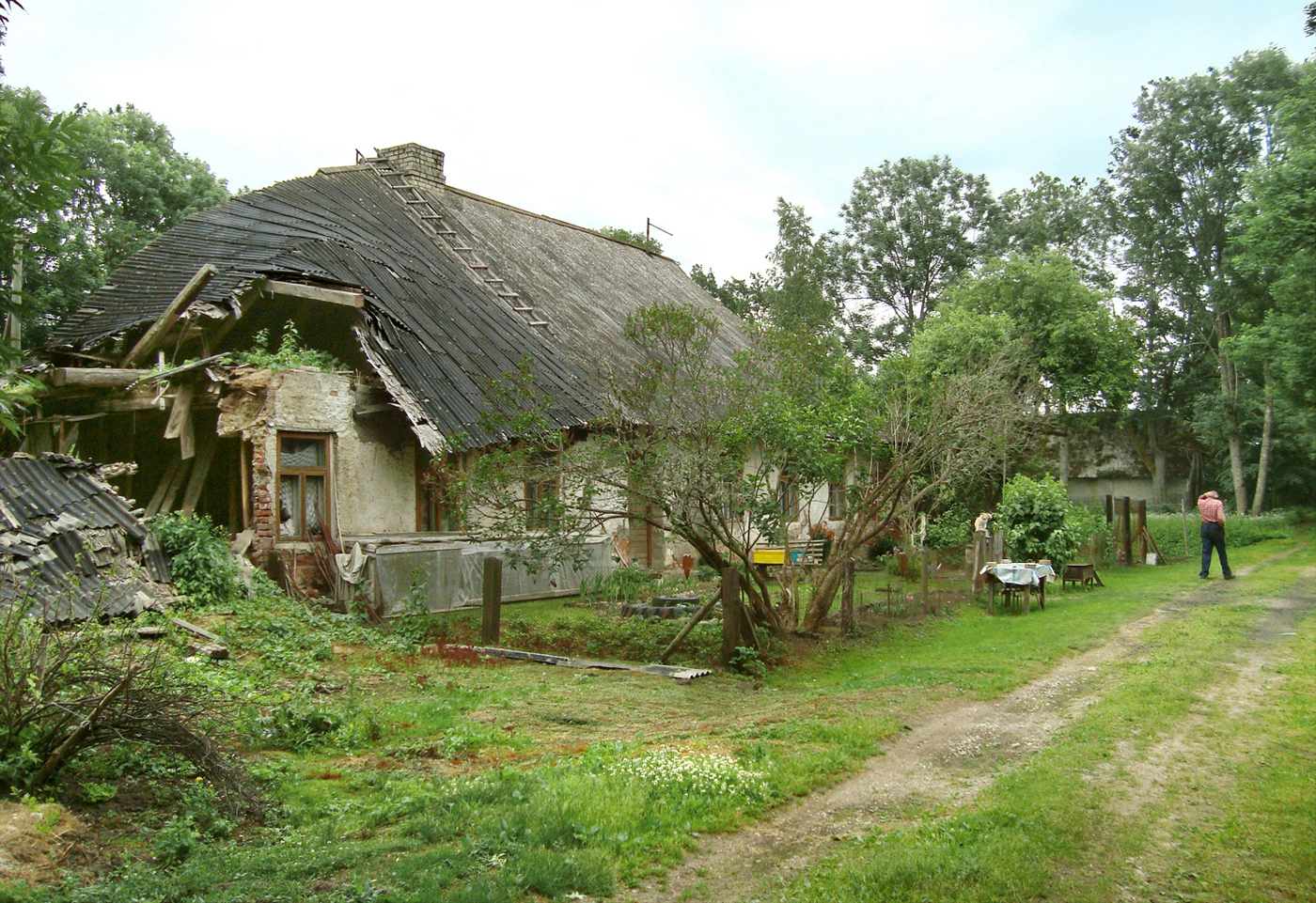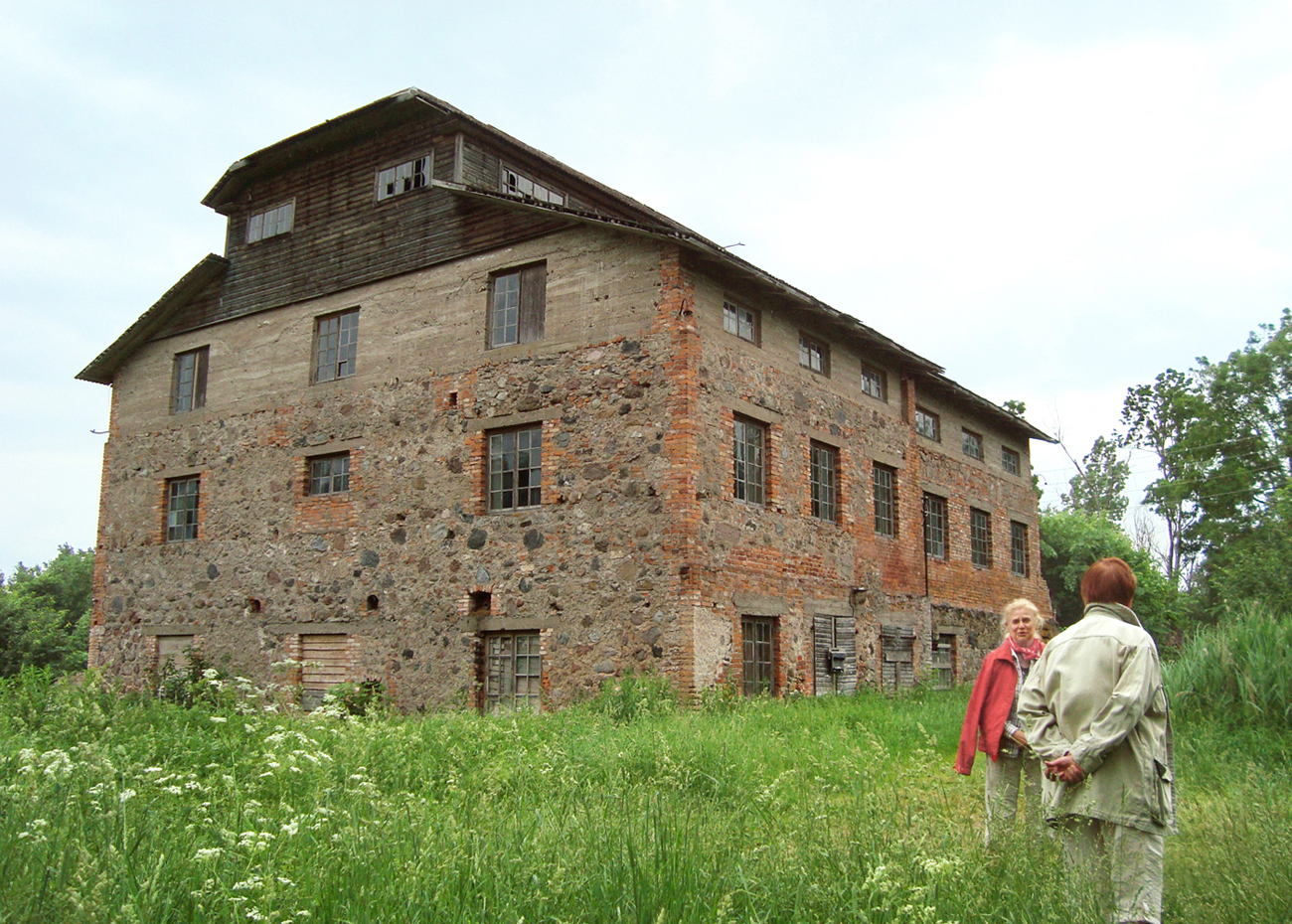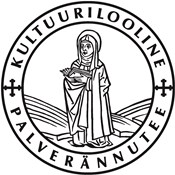Rõika
Now we have arrived at Rõika. On either side of the road are turf-covered ruins, dilapidated houses, oblivion.
But imagine that you are walking along Roosi Street, lined with one- and two-storeyed houses of stone and wood on both sides. People pottering around in their gardens, going about their business, someone’s pushing a pram, a cow’s mooing, you can hear snatches of German and Estonian. The factory’s working.
While walking from Odiste towards Rõika we’ll soon pass a corner of the park where, in 1795, the Rõika department of the Meleski Mirror and Glass Factory was situated. Smoothing and polishing by hand was hard work and altogether 50 polishers were employed; in 1831 smoothing machines were introduced. Old polishing mills were replaced by modern polishing machines ten years later.
In those days large dams were constructed and the river was widened and dredged and a reservoir was created; the Rõika reservoir enabled to increase the power output to 200 horsepower. What was produced at the factory was transported to Tartu, either on big carts along the muddy roads or on boats. In the 1920s the mirror factory closed down as there was no market for their production. Some buildings were converted to wool and flour mills.
What was Rõika like in the middle of the19th century? Catharina factory and village at Rõika had 56 buildings: about ten factory buildings, many dwellings, storehouses and stables. But it was a long time ago. It is a picture of the past. Only a few crumbling ruins remain, sometimes even not them. Yet, one of the dwelling houses for workers is still standing and someone is said to have inhabited it a couple of years ago. A path at the back of the house leads through an overgrown garden down to the river, in the long grass in front of the house are sprawling peonies in bloom and the wild king Solomon’s seal. As if approaching the limits of their strength.

And this was what we saw when we discovered Rõika in the middle of summer when trying to find places of interest on our pilgrimage route. And beautiful – and unspeakably sad. It is a pity that this place full of beauty has no owner to take care of it.
One of the finest buildings here, which needs a caring hand, is the 46 m long Rõika-Meleski Mirror Factory storehouse with 12 wooden columns dating from the late-18th century (on the heritage list No. 14544). The storehouse doors with calculations and signatures of the past times scratched on them is a sight to see. However, the storeroom is unused, its doors are open, some of the columns are missing, and it seems that in spite of it being under protection it is on the verge of destruction.
Turning right at the end of Roosi Street, we come to Rõika watermill, its door and windows are nailed closed, and so it stands at the mercy of time and the weather.

When we retrace our steps a little, we’ll pass the end of Roosi Street and keep to the right. On the gravel road we’ll turn left. The sign beside the road says: Soondla Farm, but we will keep on until we can see the Mändide bus stop and a sign: Alam-Pedja Nature Reserve. Stone of Kalevipoeg. Before we reach the sign, we’ll turn left.
We have walked for about 2 km. The path takes us through somebody’s farmstead (no name seen); on the right young pine trees line the path, on the left we can see a boulder in the middle of the field, nicknamed Chair of Kalevipoeg. The boulder, with the height of 3.7 m and with the shape of an enormous chair (a good place for taking a rest) is under protection.
And now we are going to proceed along the tree-lined alley towards Laashoone, keeping to the left.
Daila Aas, September 2014
Sources
https://register.muinas.ee/?menuID=monument&action=view&id=14542
https://register.muinas.ee/?menuID=photolibrary&action=view&id=1355
https://www.eha.ee/fondiloend/frames/fond_prop.php?id=2850
https://ekspress.delfi.ee/artikkel/79708436/muua-peeglivabrik-maailma-lopus
https://dspace.ut.ee/server/api/core/bitstreams/32cfe473-785f-44f6-ad2a-c959b072c2b3/content
https://sakala.postimees.ee/2150889/kodulugu-catharina-lisetta-tehased-igatsevad-hea-omaniku-katt
